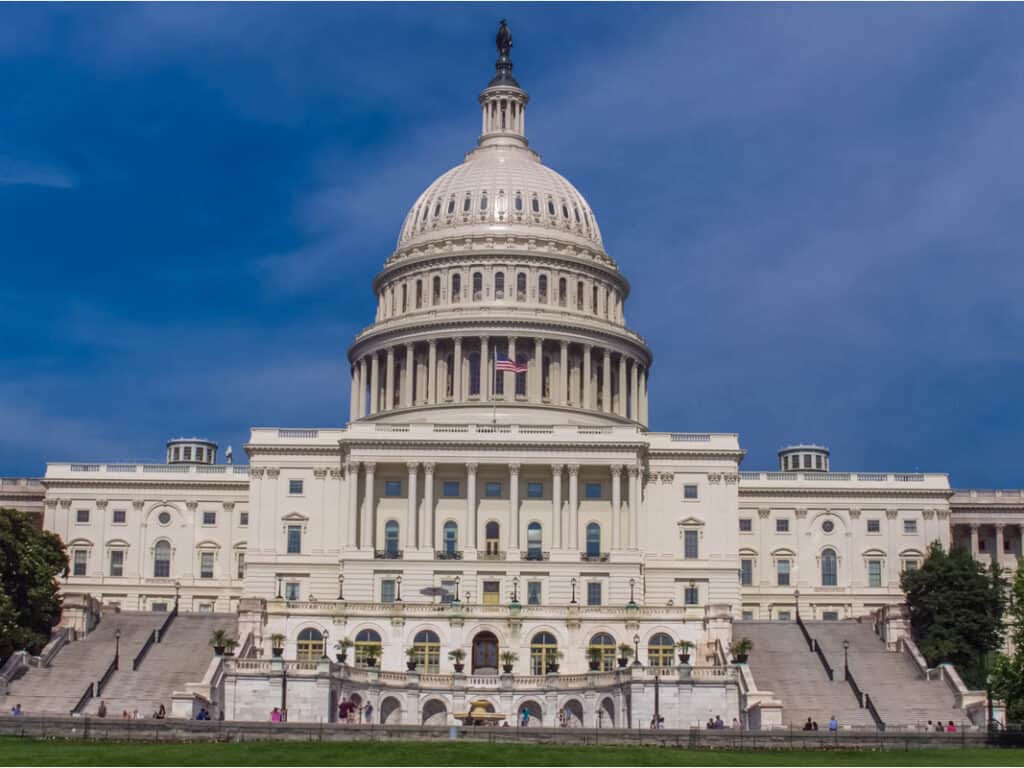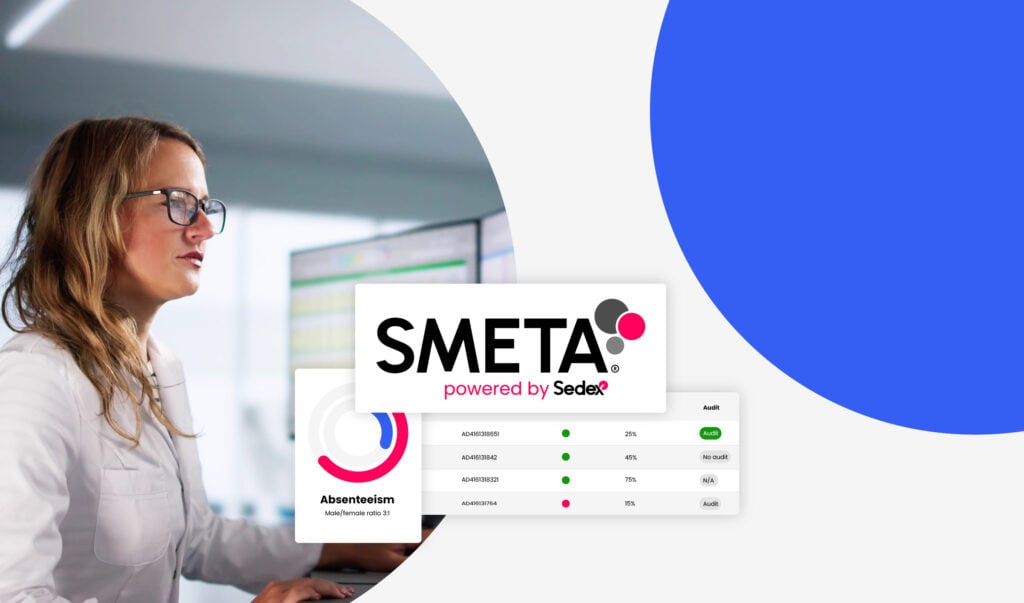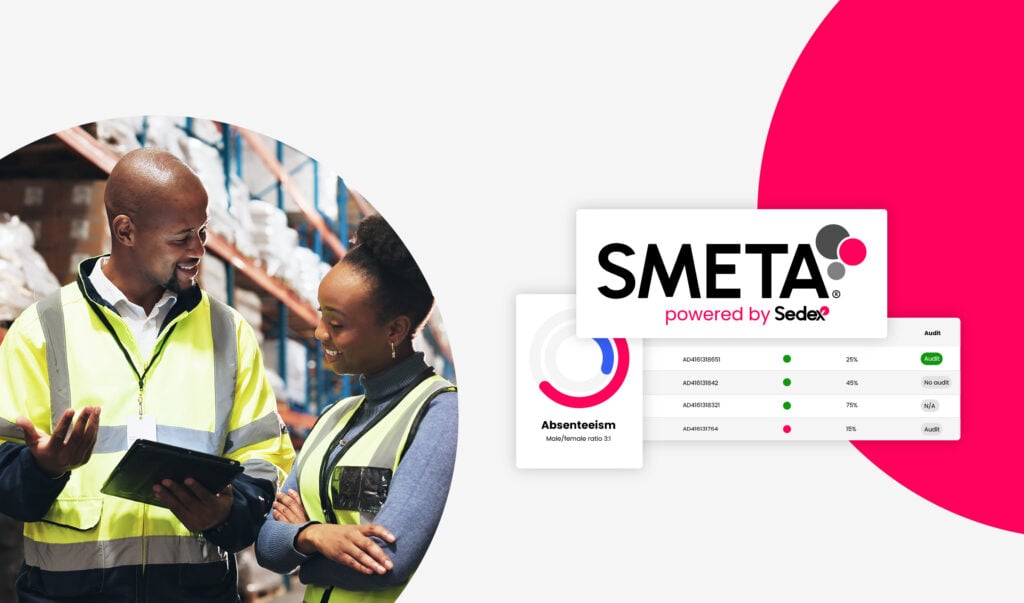I’m safe, you’re safe. We can only overcome COVID-19 if workers are protected.
Covid-19 exacerbates faults and vulnerabilities in supply chains, particularly as businesses struggle to contend with fluctuations in demand, labour and state requirements. With localised spikes appearing in factory and farm settings worldwide, the pandemic also exposes the close links between workers, working conditions and public health. It is clear that protecting workers is fundamental to protecting society as a whole.
- Protection needs to be both physical (health and safety) and financial (paid sick pay) to be effective
- Understanding workers’ own perception of safety is important to determine whether measures at work are enough to keep employees and local communities safe
Complex international supply chains separate consumers from producers and production processes. When you buy a t-shirt, consumers rarely know where the cotton is from, let alone the conditions under which farmers harvested the crop, factory workers cut, sewed and packed the garment, where it was packed, or drivers transported it from depot to store.
Back in pre-pandemic 2019, I would have argued that it is difficult to make tangible the link between working conditions and consumer wellbeing in a way that provides impetus for change. But each stage of the pandemic has shown the fundamental role millions of people play in keeping us and the economy fed and functioning.
They provide key services such as food, transport, health, social care, and utilities. States that imposed laws to restrict movement on the one hand, mandated that “key” industries keep going on the other:
- Strict lockdown in Spain still allowed agricultural workers to go to work.
- Tea pickers were classified as exempt from Sri Lanka’s curfew.
- Malaysia re-opened rubber glove factories soon after implementing a Movement Control Order and allowed them to operate at full capacity.
The pandemic highlighted who keeps the world turning.
These workers are often already subjected to precarious working and living conditions. However, as pressure mounts during time of crisis, their safety at work has significantly worsened:
- Migrant workers picking vegetables in Huelva and Almeria, Spain, live in cramped accommodation and feel unprotected from the virus.[1]
- Sri Lanka’s predominantly female tea-picking workforce find no facilities to wash hands during shifts.[2]
- Workers in Malaysia’s glove factories report forced overtime to keep up with demand.
Examples of inadequate health and safety measures sit alongside low wages, insecure employment and lack of paid sick leave, forcing workers to continue to work even when they feel ill.
As numbers of cases from the first wave of the pandemic settles at national levels, we see localised spikes in Covid-19 that are associated to working conditions in those areas.
- Poor recognition of health and safety and employment laws in Leicester’s garment factories are attributed to a sharp rise in infection rates, [3] forcing the UK government to establish city-wide lockdown at the end of June.
- More than 2,000 cases in the area of Gütersloh, Germany, are linked to one meat processing factory, where cold working conditions and overcrowded accommodation facilitated virus spread.[4]
- At the beginning of July, Spain re-imposed lockdown on the agricultural region of Segrià, after the biggest one-day surge in cases since the end of May.[5]
It is clear that insufficient control measures to protect workers increase risk to public health and hamper efforts to overcome the virus.
In a recent survey of Sedex members, 99% of respondent companies stated they have measures in place to protect the health and safety of their workers. Enterprises are working hard and making difficult decisions on how to keep their businesses and workers safe during tough times.
Putting systems in place is the first step. Measures must meet WHO guidance and local law, and implementation must be consistent. Equally important is determining whether these measures are capable in keeping people safe from the virus. Social dialogue and hearing workers’ points of view on both health and financial situations is critical to understand effectiveness.
No one is safe until everyone is safe. Whilst states and businesses battle through continual challenges raised by Covid-19, they also look at how we will rebuild broken systems and “build back better”. The physical and financial safety of workers across the world is essential to these conversations. Global societal and economic health depends on it.
For information on how to protect workers in your company see our guidance here.
For information on our Direct Worker Reporting tool see here.
[1] https://www.theguardian.com/global-development/2020/may/01/no-food-water-masks-or-gloves-migrant-farm-workers-in-spain-at-crisis-point
[2] https://www.theguardian.com/global-development/2020/apr/24/soap-and-solace-scarce-as-sri-lankas-tea-pickers-toil-on-amid-lockdown
[3] https://theconversation.com/working-and-living-practices-may-explain-leicesters-coronavirus-spike-141824
[4] https://www.bbc.co.uk/news/world-europe-53177628
[5] https://news.sky.com/story/coronavirus-spain-puts-200-000-people-in-catalonia-back-into-lockdown-as-cases-rise-12020938



